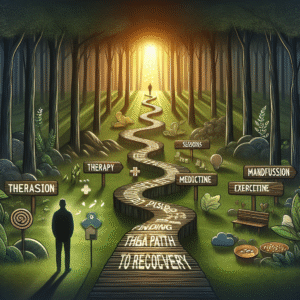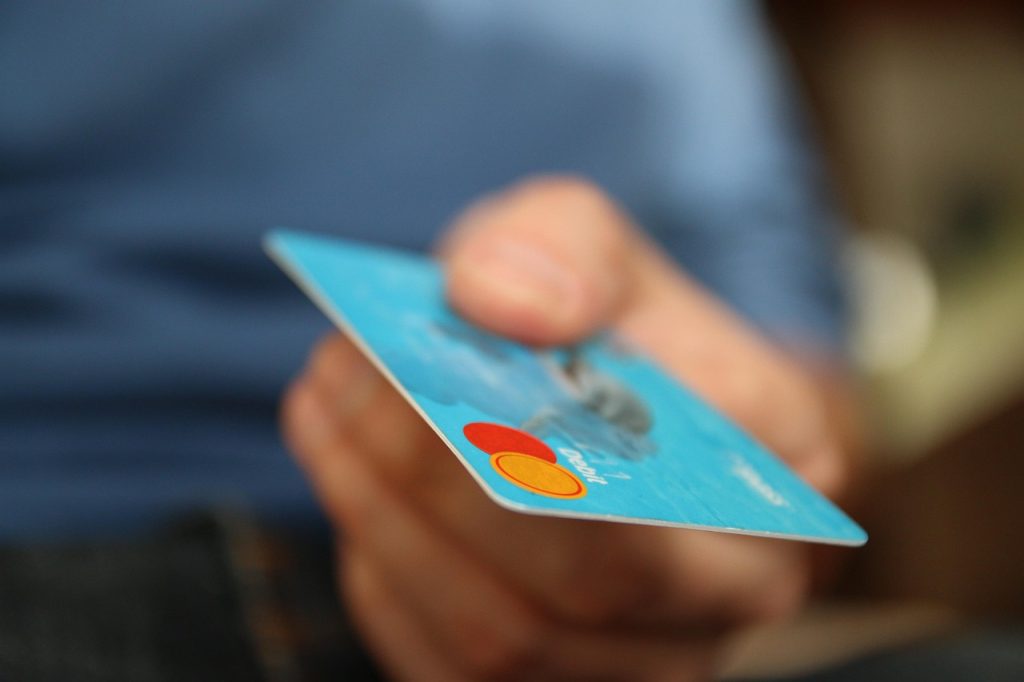Building or rebuilding your credit can feel overwhelming, especially if you’re starting from scratch. Whether you’re a student just entering the world of personal finance, a new immigrant navigating an unknown financial system, or someone recovering from past credit mistakes, it’s important to understand the basics of how credit works and how to use it responsibly. Credit is a vital part of your financial life, affecting your ability to borrow money, rent an apartment, or even land certain jobs. The good news is that it’s entirely possible to build or rebuild your credit, no matter where you’re starting from.
In this post, we’ll walk you through the fundamental steps of building and repairing credit, so you can start making changes right away.
1. Understand What Credit Is and Why It Matters
Credit refers to the ability to borrow money with the promise to repay it later. Lenders, landlords, and some employers look at your credit history to determine whether you’re trustworthy and capable of handling financial responsibilities. Your credit score is a numerical representation of your creditworthiness, typically ranging from 300 to 850. The higher your score, the more likely you are to get approved to borrow money, often with lower interest rates.
Your credit score is influenced by several factors, including:
- Payment History (35%): Whether you’ve paid your bills on time.
- Credit Utilization (30%): The amount of credit you’re using compared to your total available credit.
- Length of Credit History (15%): The average age of your credit accounts (how long ago you opened them).
- Types of Credit (10%): A mix of credit accounts, such as credit cards, auto loans, and mortgages.
- New Credit (10%): The number of recent credit inquiries and new accounts (how many times you’ve asked to borrow money, whether approved or denied).
2. Start with a Secured Credit Card
If you don’t have any credit history, or if your score is low, try to begin with a secured credit card. A secured credit card works similarly to a regular credit card, but you must make a deposit that serves as your credit limit. For example, if you deposit $500, your credit limit will typically be $500. This deposit minimizes the risk for the lender, making it easier for you to qualify even with no credit history.
Using a secured credit card responsibly can help you establish a positive payment history and build your credit. Here’s how to get started:
- Make small purchases: Use your secured card for everyday purchases, but don’t overspend. Keep your balance below 30% of your credit limit to maintain a good credit utilization ratio.
- Pay on time: Always make your payments on time. Late payments can negatively impact your credit score.
- Pay in full: If possible, pay off your balance in full each month to avoid interest charges and show responsible credit use.
After several months of responsible use, many secured credit cards will allow you to transition to an unsecured card or increase your credit limit. In such cases, you may also receive your initial deposit back. This is a sign of your progress in building credit and demonstrates that you’ve become a low-risk borrower.
Once your credit improves, you’ll have more flexibility and access to higher credit limits without needing to make an upfront deposit.
3. Apply for a Credit Builder Loan
Another option for building credit is a credit builder loan. This type of loan is specifically designed to help individuals with no credit or poor credit. When you take out a credit builder loan, the money you borrow is deposited into a savings account that you can’t access until you’ve paid off the loan. Your payments are reported to the credit bureaus, helping you establish a positive payment history.
When considering a credit builder loan:
- Check the interest rate and fees: Make sure the loan is affordable and that the fees don’t outweigh the benefits of building credit.
- Make on-time payments: Just like with a credit card, making timely payments is crucial for building your credit.
These loans can be found at many credit unions or community banks. They provide an excellent opportunity for those with no credit history to start building credit without taking on too much risk.
4. Become an Authorized User on Someone Else’s Account
If you have a family member or friend with a good credit history, you might be able to become an authorized user on their credit card account. This means you get access to their credit line, and their good payment habits will be reflected on your credit report as well.
Here’s how it works:
- No liability: As an authorized user, you’re not responsible for making payments on the account, but their payment history can help boost your credit.
- Check with the credit card company: Some credit card companies may report the activity of authorized users to credit bureaus, while others may not. Be sure to check with the lender beforehand.
5. Monitor Your Credit Regularly
Whether you’re building or rebuilding credit, monitoring your credit regularly is essential. This helps you stay on top of your progress and spot any potential issues early. You’re entitled to one free credit report per year from each of the three major credit bureaus: Experian, Equifax, and TransUnion. You can access these reports at AnnualCreditReport.com.
Monitoring your credit can also help you:
- Detect errors: Sometimes, your credit report may contain errors or fraudulent accounts. Regularly checking your credit report allows you to catch mistakes and dispute them.
- Track your score: Many financial institutions and credit card companies offer free credit score tracking. Use this tool to track your progress as you work on improving your credit.
6. Avoid Missing Payments and Accruing Debt
Your payment history is the most significant factor in determining your credit score. Whether you’re building or rebuilding credit, it’s essential to prioritize making on-time payments. Here’s how to stay on track:
- Set up reminders or automatic payments: Use calendar alerts or automatic payments to ensure you never miss a bill.
- Pay more than the minimum: If possible, pay more than the minimum payment due on your credit card or loan. This helps reduce your debt and shows that you can manage your credit responsibly.
- Avoid maxing out your credit cards: Keep your credit utilization ratio low (ideally below 30%) to maintain a positive credit score.
It’s also important to avoid accumulating unnecessary debt. Only charge what you can afford to pay off in full at the end of the month. If you’re working to rebuild your credit, being mindful of your spending and keeping debt under control is key to long-term success.
7. Be Patient
Building or rebuilding your credit takes time and consistent effort. Credit scores improve gradually as you demonstrate responsible borrowing behavior. In the case of rebuilding, negative marks like late payments or bankruptcies can stay on your credit report for several years, but their impact diminishes over time as you build positive credit history.
Remember:
- Start small, and stay consistent. Make sure you pay bills on time, keep balances low, and avoid opening too many new accounts at once.
- Patience is crucial: If you’re committed to building or rebuilding your credit, stay the course, and you’ll see results in the long run.
By taking these small, manageable steps, you can build a strong credit history and set yourself up for financial success in the future. The journey to good credit may take time, but with patience and persistence, it’s entirely achievable.






